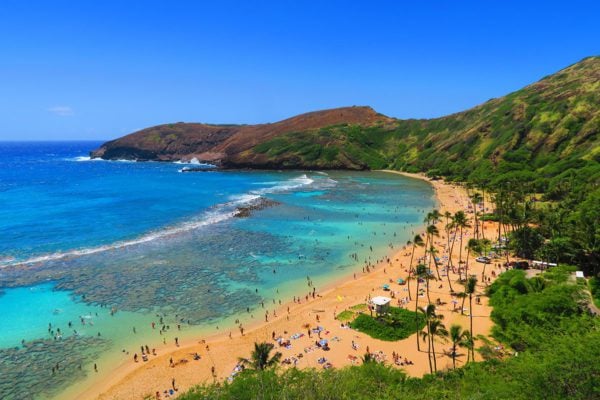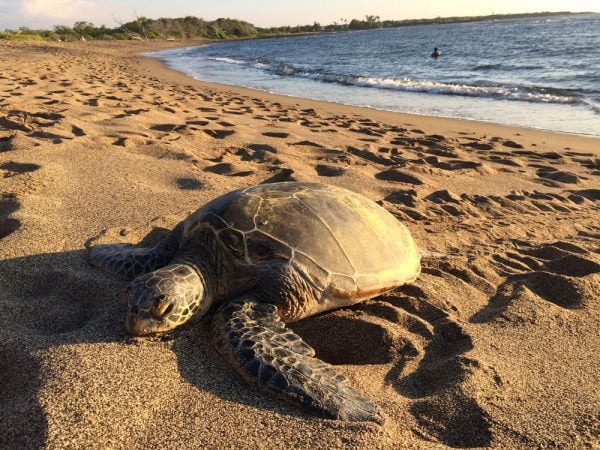5 Days In Kauai itinerary
Day 4: Na Pali Coast, Kalalau Trail & Tunnels Beach
Start early, slip into your hiking gear, and stretch your legs. Day four of the Kauai itinerary is spent exploring, primarily on foot, the majestic Na Pali Coast State Wilderness Park – Kauai’s most famous sight. What’s on the menu? Dazzling jagged cliffs, hanging valleys teeming with waterfalls, and seemingly impenetrable ridges hiding sea caves and secluded beaches.
The stretch of road from Hanalei to Ke’e Beach is stunning, with towering emerald mountains meeting pristine beaches galore. It’s best to overcome the temptation and to simply keep driving. There will be time on the return leg and on day five to revisit this pretty coastline.
The Na Pali coast (meaning “the cliffs” in Hawaiian) extends from Ke’e Beach in the east to Polihale Beach in the west. These cliffs stand out because of their jagged shape – carved for millennia by rain and wind. We caught a very good bird’s eye view of the cliffs on day #2 during the hike on the Awa’awapuhi Trail, but it is now time to experience the Na Pali cliffs from eye level.
There are basically five ways to see the Na Pali cliffs of Kauai: (1) on a scenic helicopter flight (see the ‘Kauai travel tips section’ for pros and cons), (2) kayaking the entire coast or part of it, (3) joining a scenic cruise (which usually includes snorkeling and dolphin watching), (4) hiking the entire course of the Kalalau Trail with an overnight camp stay, and (5) hiking the first section of the Kalalau Trail as part of a day hike – the most popular method which I’ll now describe in greater detail.
Haena State Park, which includes Ke’e Beach and access to the Kalalau Trail is subject to entry permits in order to cope with the large volume of visitors and limited space. You must reserve entry (car parking or walk-in) starting from 30 days prior to your visit (and no later than the day before) or reserve a spot on the North Shore Shuttle.
Kalalau Trail
Dubbed by some as the “most incredible hike in America”, the Kalalau Trail runs for 11 miles (17 km) from Ke’e Beach to the Kalalau Valley and its gorgeous beach. The valley was once home to an advanced civilization of Native Hawaiians, but today, only a handful of hermits reside here, along with a few lucky overnight hikers.
Kalalau Trail Hiking Tips
The trail is divided into several sections, with the first section (Ke’e Beach to Hanakapiai Beach and the Hanakapiai Falls detour) doable as part of a day hike and does not require a permit (but does require a car/walk-in permit). To hike past Hanakapiai Beach, you need a camping permit, even if not overnight camping. So, if you want to hike the entire trail, you must book months in advance or have extreme luck.
The trail can be slippery and muddy, and you must check the trail’s condition before venturing out there. There have been fatalities on the trail, mainly of hikers not adhering to warning signs and swimming in dangerous waters. However, the trail’s first leg is very safe, even if challenging.
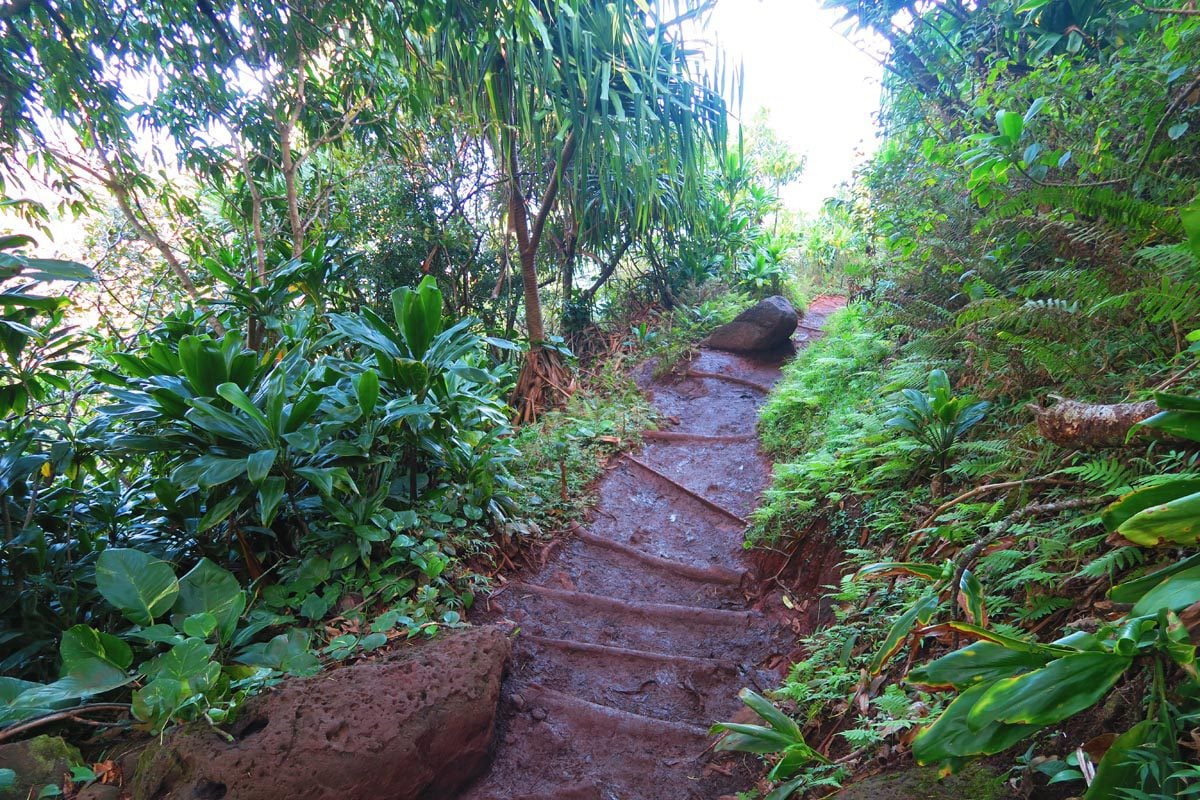
Traffic on the Kalalau Trail can be pretty bad as this is a very popular hike, but the advanced reservation requirement should alleviate some of the congestion. I strongly advise starting early to beat the crowds and to catch the usually clear morning skies.
Wear proper hiking shoes and understand they will get dirty; sweat-repelling clothing, sun protection, mosquito repellent, and walking poles.
Pack a light rain jacket, a full change of clothes, wet ones, a garbage bag, sandals, or reef shoes for crossing streams if hiking the Hanakapiai Falls extension, at least 3L of water per person, and lots of food and snacks.
Here’s a thorough external resource about the Kalalau Trail with lots of useful information and tips.
Ke’e Beach to Hanakapiai Beach
Apart from a few areas that might be challenging for some, the first section of the Kalalau Trail runs for about two miles from Ke’e Beach to Hanakapiai Beach. Expect stunning views towards Ke’e Beach (better on the way back) and the rugged coastline, but not the ‘classic’ views of the eroded Na Pali cliffs. This can only be witnessed from the air, the sea, Kalalau Beach, and Koke’e State Park. During whale season (January-March), pay extra attention as humpback whales might be coming up for some air.
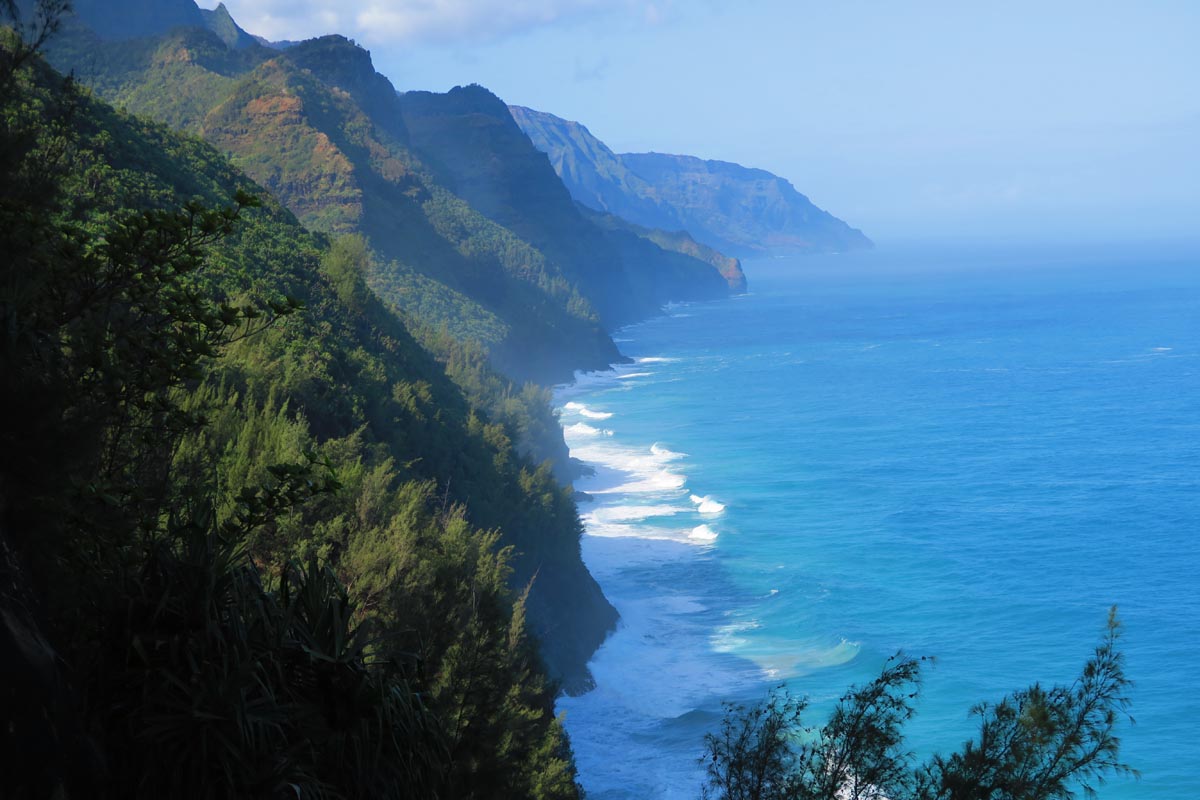
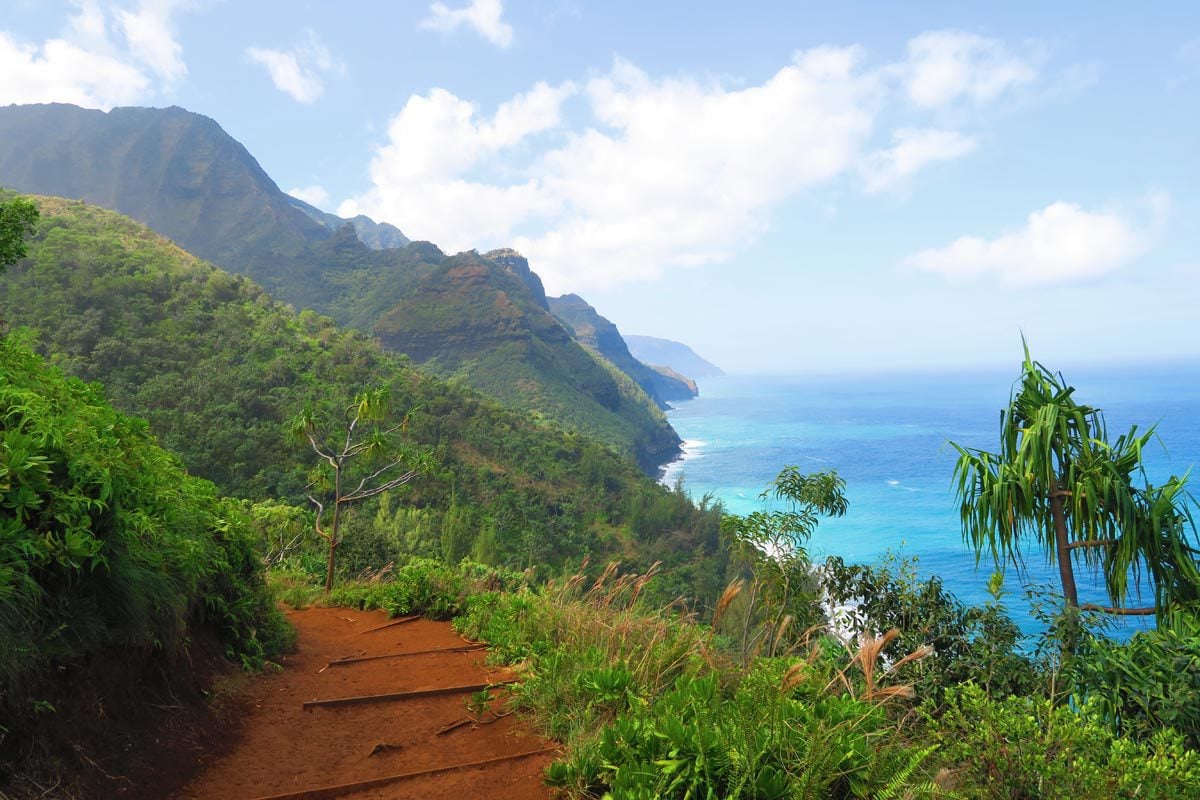
After a few switchbacks and muddy gulches, you’ll eventually reach Hanakapiai Beach. Be aware that to reach the beach, you’ll need to cross an active stream by skipping over rocks or walking through the water. The beach is hazardous for swimming but perfect for a picnic lunch before heading back to the trailhead or continuing to Hanakapiai Falls.
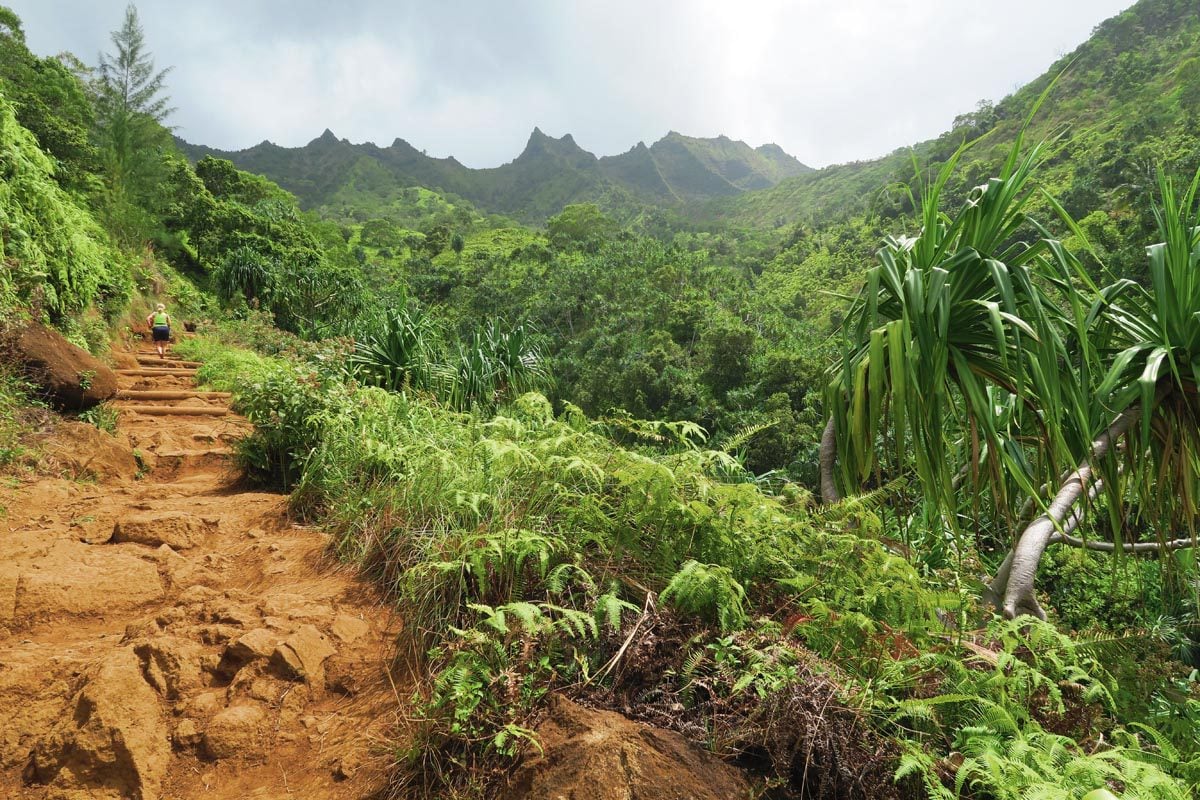
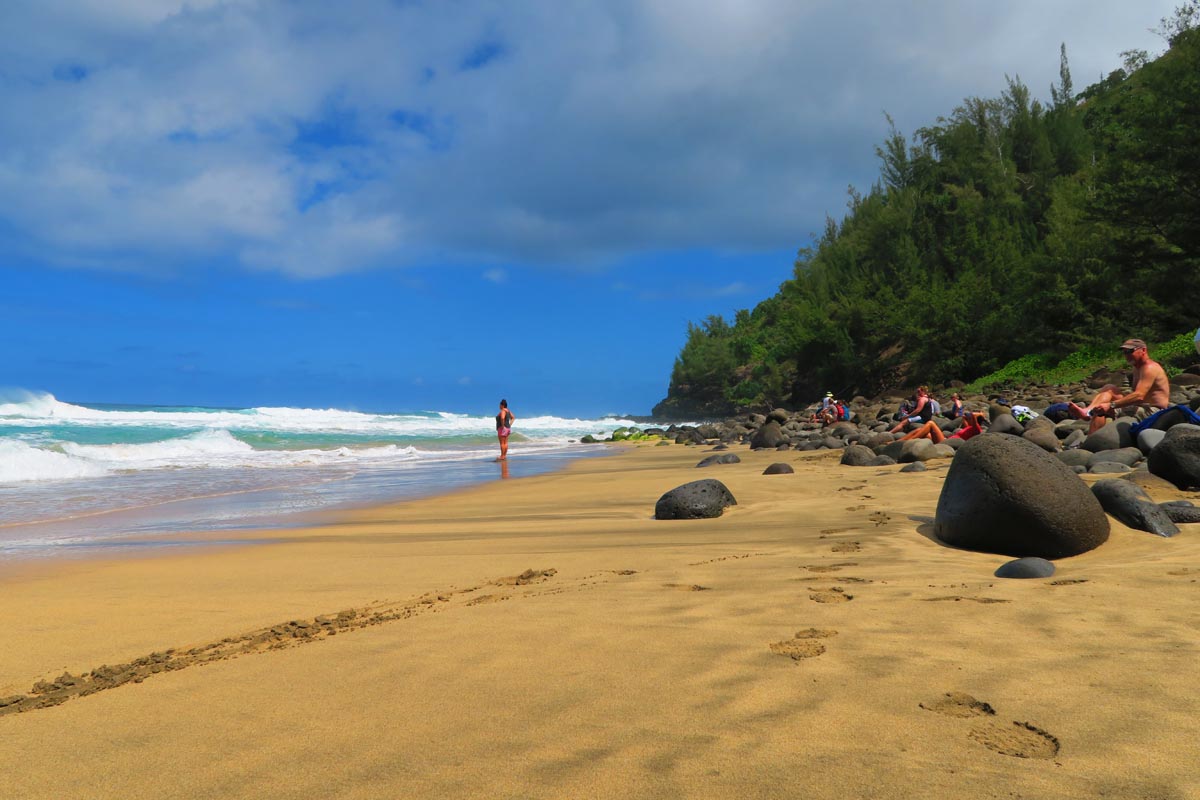
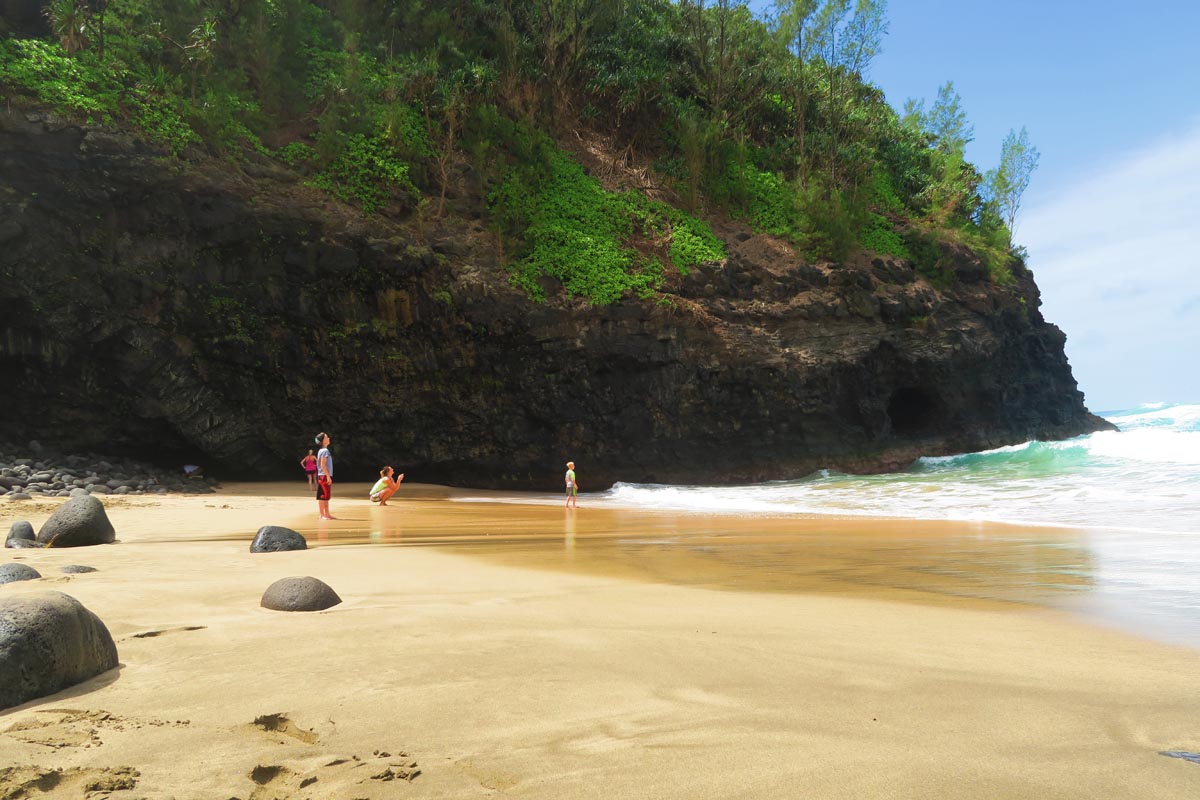
Hanakapiai Beach to Hanakapiai Falls
If you’ve already made it this far and won’t be hiking to Kalalau Beach, you might as well take the 2-mile detour (each way) from Hanakapiai Beach to Hanakapiai Falls. I found this section of the hike to be more challenging than the first leg. Several streams needed to be crossed, and parts of the trail were muddy and narrow. However, it was well worth the effort.
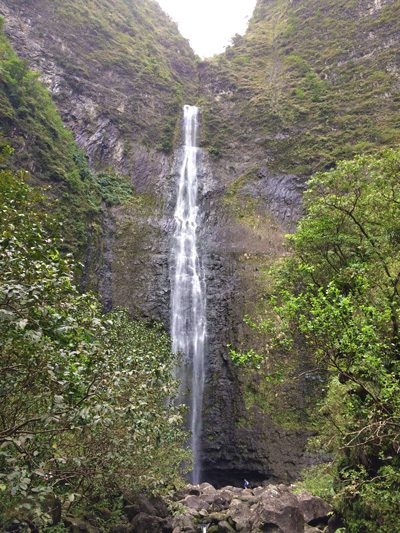
This little detour follows the contours of the Hanakapiai Stream to its very source. You pass through a small yet awe-inspiring bamboo forest before entering a lush rainforest blooming with seasonal flowers.
As the sound of the falls draws nearer, the trail becomes narrower, more congested, and very slippery – so take extra care. The slow pace is further exacerbated by the wait on either end to cross the streams. Once you make it to the falls, all your worries evaporate into the misty air. The 300ft (91m) waterfall tumbles from way up in the heavens, and swimming is highly advised (though a bit chilly). The natural scenery is reminiscent of Hi’ilawe Falls on the Big Island.
Beyond Hanakapiai Beach
You technically need to obtain an overnight permit, even if just hiking for a few miles beyond the first beach. I hiked for about 2 miles and found the trail quite challenging at times, requiring a bit of climbing and squeezing through narrow sections. View-wise, the scenery isn’t that spectacular unless you fully commit to going all the way. I recommend hiking to the first beach and then the waterfall before returning to Ke’e Beach.
Ke’e Beach
At the very end of the north shore road, Ke’e Beach is a popular spot for Kalalau Trail hikers returning to civilization, snorkelers, and sunset chasers. Expect large crowds in the afternoons as folks returning from the hike to regroup. If you follow the beach as it curves back east, you’ll find more seclusion. Swimming conditions may be hazardous in the winter months, so look for the signs by the lifeguard tower. For awesome beach views, hike for about 15 minutes on the Kalalau Trail to a scenic overlook.
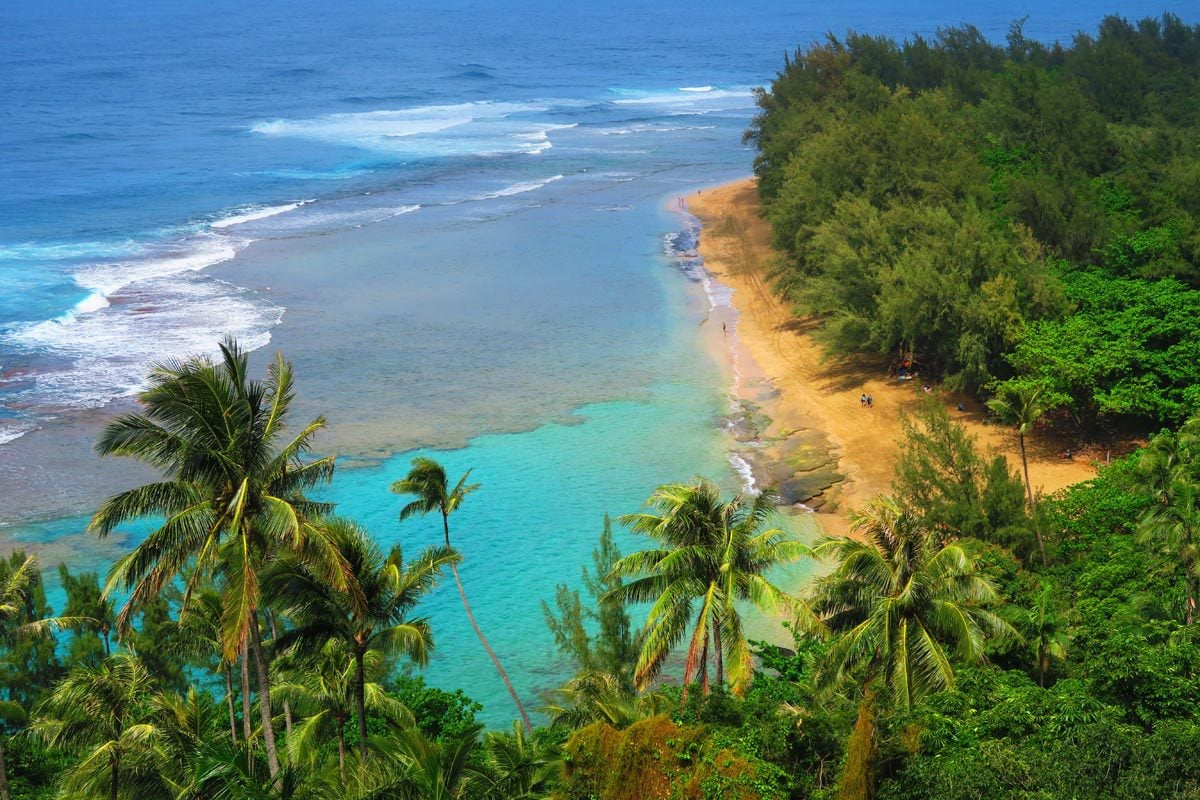
Wet & Dry Caves
En route back to the car or shuttle, stop for a quick look at the caves you walked past on your way to the trailhead in the morning. One of these caves still has water (lots of it), but don’t go for a swim, as it can be dangerous and contaminated.
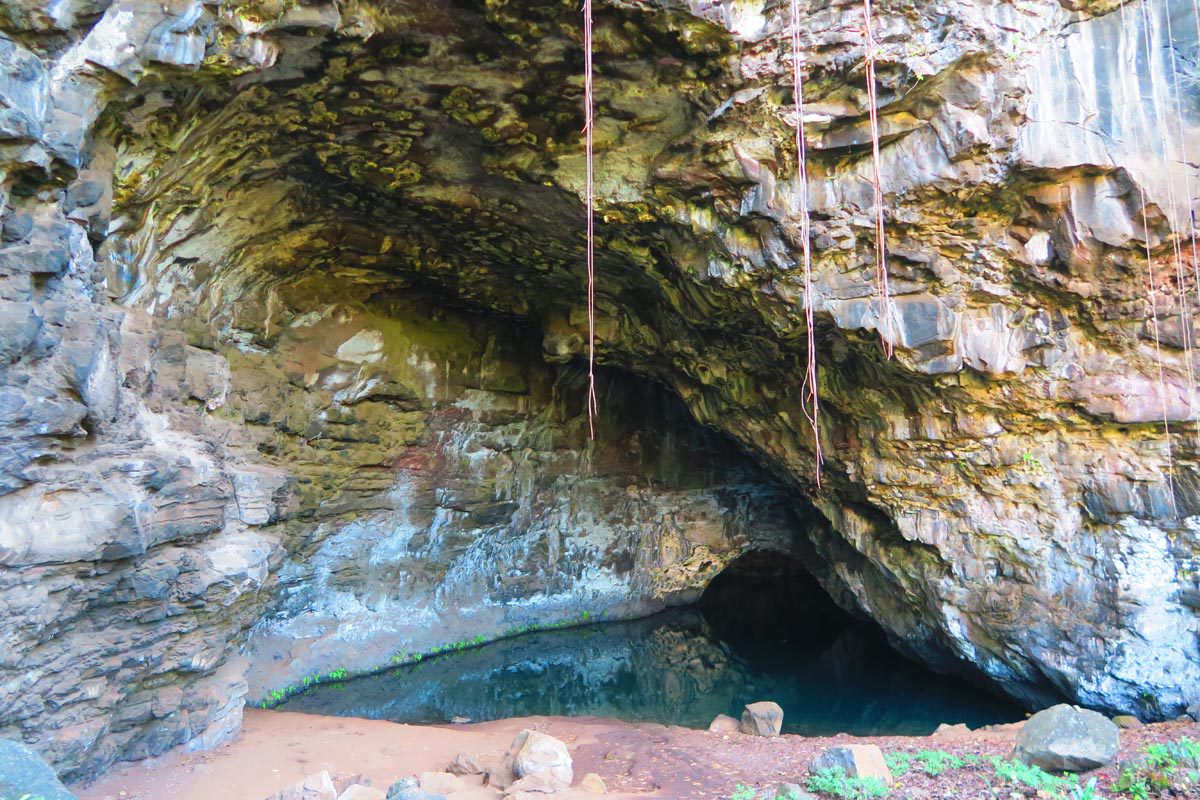
Tunnels Beach
Without a doubt, Kauai’s best beach, Makua Beach – better known as Tunnels Beach – is as pretty as they come, reminiscent of the pristine beaches of the Marquesas Islands and even the 10/10 Ofu Beach in American Samoa. With crystal clear waters and the pyramid-shaped Makana Mountain – better known as Bali Hai – looming in the background, you can easily spend the entire day in Tunnels Beach.
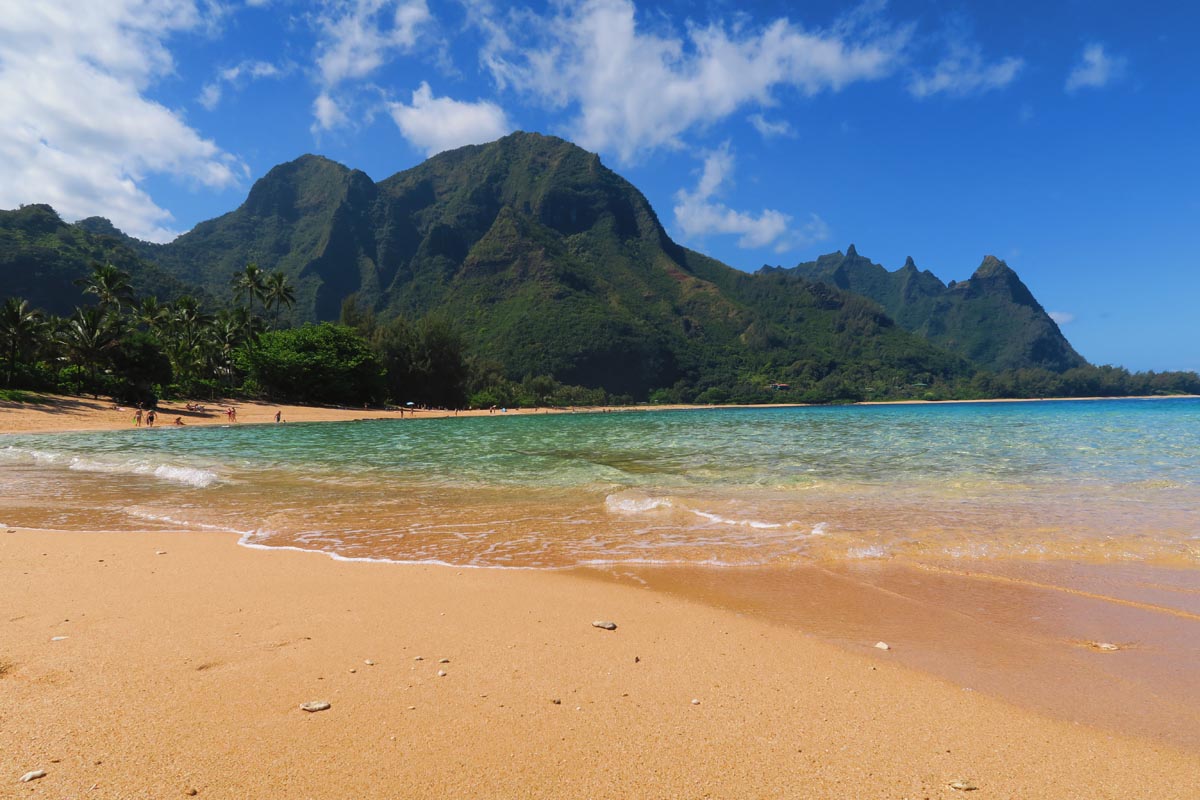
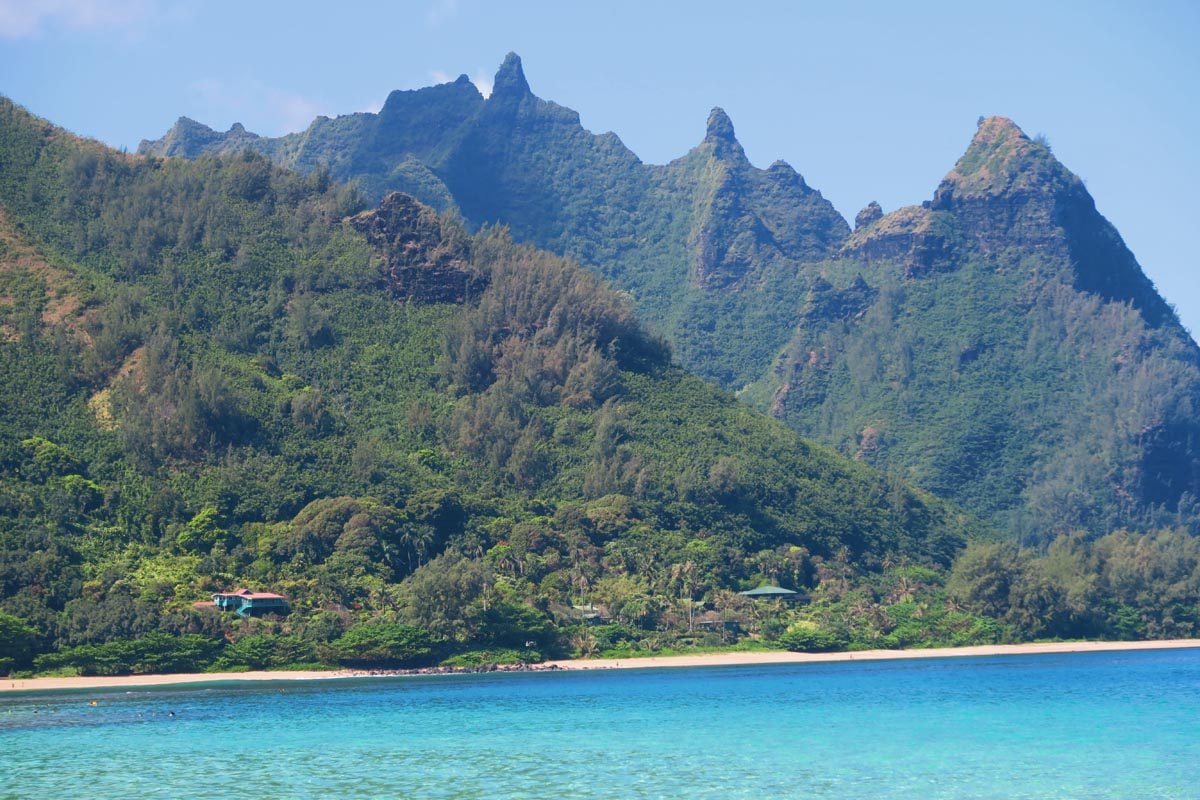
The beach is a prime spot for swimming and snorkeling, thanks to its relatively calm waters and a coral reef that is just a few meters offshore. As you can expect, Tunnels Beach is quite a popular hangout spot, especially on weekends and holidays, but there’s plenty of space for everyone. After the strenuous hike, finish your day in style and maybe even stick around for sunset.
